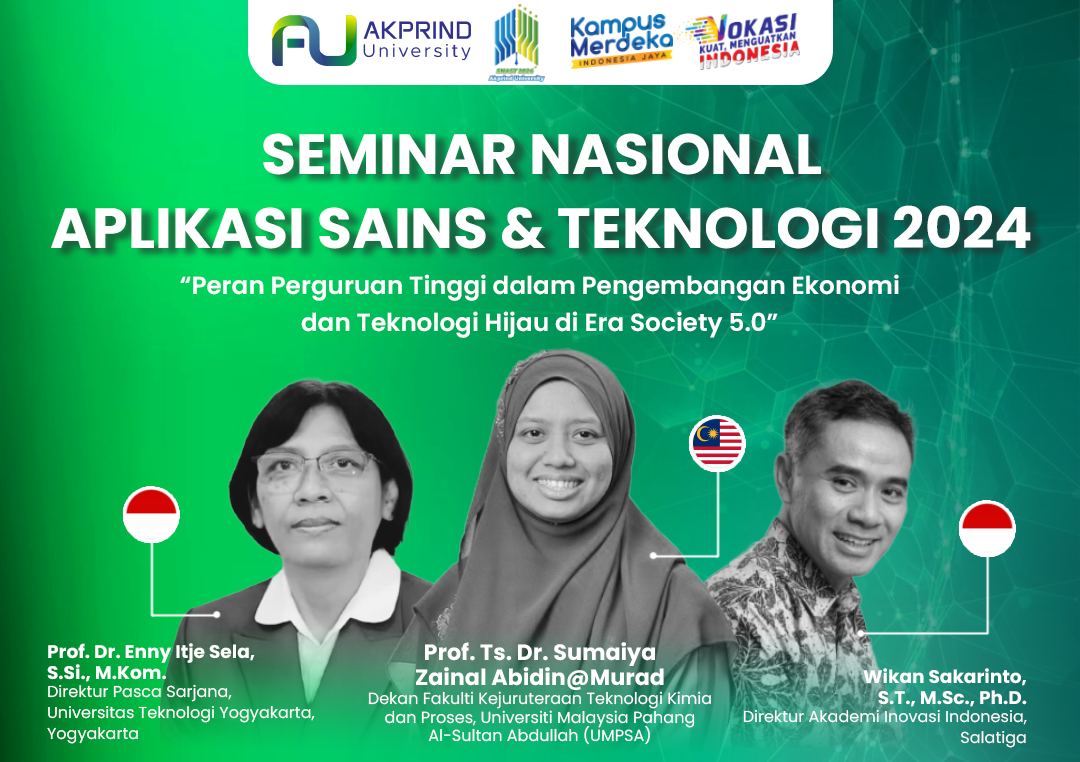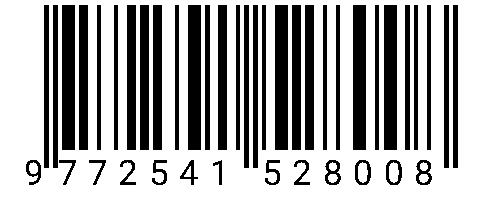IDENTIFIKASI FOSIL FORAMINIFERA BESAR DI BATUPASIR EKUIVALEN ANGGOTA GREBE, FORMASI JOHNSTON, RAIJUA
DOI:
https://doi.org/10.34151/prosidingsnast.v1i1.4092Keywords:
Sandstone, Fossil, RaijuaAbstract
Raijua Island is an island formed by accretion of the Australian Passive Margin sequence that collided with the Banda Arc. The lithology in this study area is generally sedimentary complexes such as sandstone, siltstone, claystone, limestone, conglomerate and tuff. The scope of this research study focuses on identifying the characteristics of fossils in sandstones at Bukit Wata Dagi, Raijua Island, East Nusa Tenggara to determine the relative age and depositional environment. The methods used in this analysis are statigraphic cross section and petrographic analysis. Microscopically, this rock is a type of Allochemic sandstone (Mount, 1985). There are 7 types of Large Bentic Foram fossil species namely Discocyclina.sp, Nummulites, Opercunella, Operculina, Heterostegina.sp, Eulepydina.sp, Alveolina.sp and Spiroclypeus. Based on the analysis that has been done, the sandstones in Bukit Wata Dagi are Paleocene - Eocene in age (Adam, 1970). These sandstones were deposited in a shoreline environment, which is closely related to the shallow marine environment - offshore transition. The sandstones in Bukit Wata Dagi are equivalent to the Jhonston Formation, Australia in terms of age characteristics and the same depositional environment.
References
Adams, C. G. (1970). A reconsideration of the East Indian Letter Classification of the Tertiary.
Energi, K. (2021). Kementerian Energi dan Sumber Daya Mineral. Retrieved from Direktorat Jenderal Energi Baru, Terbarukan dan Konservasi Energi: https://ebtke. esdm. go. id.
Mount, J. (1985). Mixed siliciclastic and carbonate sediments: a proposed first‐order textural and compositional classification. Sedimentology, 32(3), 435-442.
Nobes, K. K., & Uthicke, S. S. (2008). Benthic Foraminifera of the Great Barrier Reef. A guide to species potentially useful as Water Quality Indicators.
Permana, A. P., & Eraku, S. S. (2020). Analisis kedalaman laut purba batu gamping Gorontalo berdasarkan kandungan fosil foraminifera bentonik. Bioeksperimen: Jurnal Penelitian Biologi, 6(1), 17- 23.
Pohan, R. S., Rifardi, R., & Efriyeldi, E. (2020). Structure Community and Distribution of Benthic Foraminifera in the Waters of Bagan Tanjungbalai Village Asahan Regency North Sumatera Province. Journal of Coastal and Ocean Sciences, 1(1), 25-34.
Rigg, J. W., & Hall, R. (2011). Structural and stratigraphic evolution of the Savu Basin, Indonesia.
Rosidi H.M.D., Tjokrosapoetro S. Dan Gafoer S., 1996. Peta Geologi Lembar Atambua-Timor, skala 1:250.000. Pusat Penelitian dan Pengembangan Geologi, Bandung.
Spakman, W., & Hall, R. (2010). Surface deformation and slab–mantle interaction during Banda arc subduction rollback. Nature Geoscience, 3(8), 562-566.
Syaherty, N. A., Fauzielly, L., & Jurnaliah, L. (2023). IDENTIFIKASI FOSIL FORAMINIFERA BENTONIK BESAR PADA SAMPEL SAYATAN TIPIS BATUAN DARI FORMASI RAJAMANDALA. Geoscience Journal, 7(4), 1463-1473.
Downloads
Published
Issue
Section
License
Copyright (c) 2024 Rivay S Lumbantobing, Aulia Ramadani Situmoerang, Zakaria Situmeang

This work is licensed under a Creative Commons Attribution-ShareAlike 4.0 International License.







